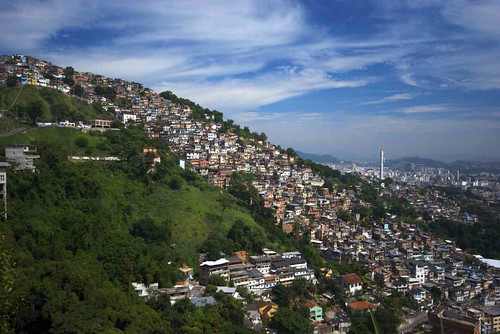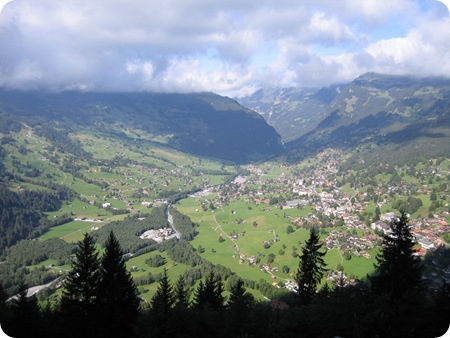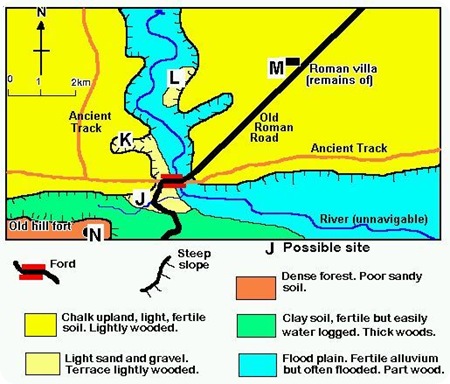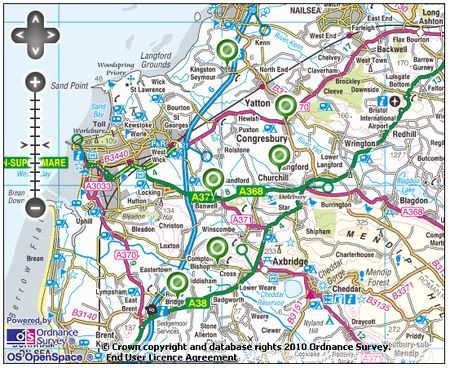Settlement
A) LEDC Urban Land Use Zones and B) Squatter Settlements – their Causes, Problems and Solutions
May 10th
[Source: flickr kevin.j Some rights reserved]
The IGCSE Geography syllabus requires that you can do the following related things:
A) Land Use Zones
1) Describe and give reasons for the characteristics of land use zones of urban areas in LEDCs.
2) Identify the differences in the patterns of urban structures in cities of LEDCs and MEDCs.
B) Squatter Settlements
3) Describe the problems of squatter settlements in LEDCs, their causes and possible solutions.
4) You should make reference to selected examples to illustrate suggested solutions to overcome the problems of squatter settlements (in other words know case studies).
Suggested activity: create a Google Document (or Google presentation if you prefer) to cover the above points under suitable headings.
Resources:
a) Land Use Zones
http://www.bbc.co.uk/schools/gcsebitesize/geography/settlement/urbanmod_ledcrev1.shtml
http://www.bbc.co.uk/schools/gcsebitesize/geography/settlement/urbanmod_ledcrev2.shtml
http://www.s-cool.co.uk/gcse/geography/settlements/urban-morphology.html#urban-models-for-ledcs
Your text book
b) Squatter Settlements (Brazilian focus)
http://www.sln.org.uk/geography/geoweb/blowmedown/shanty05.swf
http://www.geography.learnontheinternet.co.uk/gcse/settlement.html#ledcs
http://www.s-cool.co.uk/gcse/geography/settlements/urbanisation.html#shanty-towns-in-ledcs
http://www.bbc.co.uk/schools/gcsebitesize/geography/settlement/urbanmod_ledcrev3.shtml
http://www.bbc.co.uk/schools/gcsebitesize/geography/settlement/urbanmod_ledcrev4.shtml
http://www.macalester.edu/courses/geog61/chad/thefavel.htm
Opengecko Google Revision Document – Rio de Janeiro
Your text book
Slides 5 to 15 of the following:
London Docklands Case Study
Apr 21st
Here is an excellent video summary of changes over time in the London Docklands, courtesy of BBC’s Learning Zone.
Use these resources to build up case-study material for the decline and regeneration of the London Docklands in East London, UK.
General Information on the Inner City:
geobytesgcse.blogspot.com on the inner city
rchambers/GeoBytes on the Inner City
Information on London Docklands:
rchambers/GeoBytes on the London Docklands
geobytesgcse.blogspot.com on the London Docklands
lddc-history.org.uk on the London Docklands
lddc-history.org.uk on the Isle of Dogs
Some of the slides on this presentation are very useful:
Regeneration Presentation from museumoflondon.org.uk
Think you have a good understanding of what happened? Try this interactive quiz:
Site and Situation and Ordnance Survey Maps
Mar 11th
Image source: opengecko.com
The site and situation of a settlement are really important to understanding (a) why the settlement was located in a particular place in the first place and (b) whether or not the settlement was likely to grow over time.
You need to understand:
- the difference between the terms "site" and "situation"
- different factors affecting the site and situation of a place (usually, we think about the needs of the original settlers. In many parts of the world, we have to rewind many hundreds of years, and think about what people would have been looking out for when they decided to build a small settlement somewhere).
- how to recognise these factors through a map such as an ordnance survey map commonly used in the United Kingdom
First check your understanding by visiting these very useful web pages:
Settlement – Site and Situation at GeoBytesGCSE
GCSE Bitesize – Settlement Site and Situation
Geography GCSE: Settlements Site and situation – S-Cool
For some real examples, you could explore the middle ‘Site and Situation button’ here:
http://www.mrdgeography.com/Urban%20Geo/Urban_Geo.swf
For a quick activity to check your understanding you could try evaluating the following sites on this imaginary map in terms of which might be better than others for locating a settlement. Make sure you can give reasons why.
Now you could select a map (such as an OS map). A good example can be found in this area below, comparing six villages (near to the green dots). Click on the image below to take you to an interactive OS map on a separate page. Note that you can zoom in and out:
To help you evaluate different settlements’ site and situation factors, you can use the following framework. Note that this includes reference to ‘morphology’ which you may or may not have covered yet. If you have not covered settlement morphology (shape) yet, you can leave this out.
A direct link to this document for print (and save as pdf) is here:
Table to evaluate 6 settlements’ Site and Situation
When completing this table you should include as much information as possible. If the settlement does well under any heading, say why and give map evidence (including grid references). If you think the settlement would not score so highly on any row, again say why, and give good reasons. Finally, you may like to view the same area using a Google map with satellite view. Again, you can zoom in and out:
View Weston-Super-Mare Environs Site Situation Settlement in a larger map






